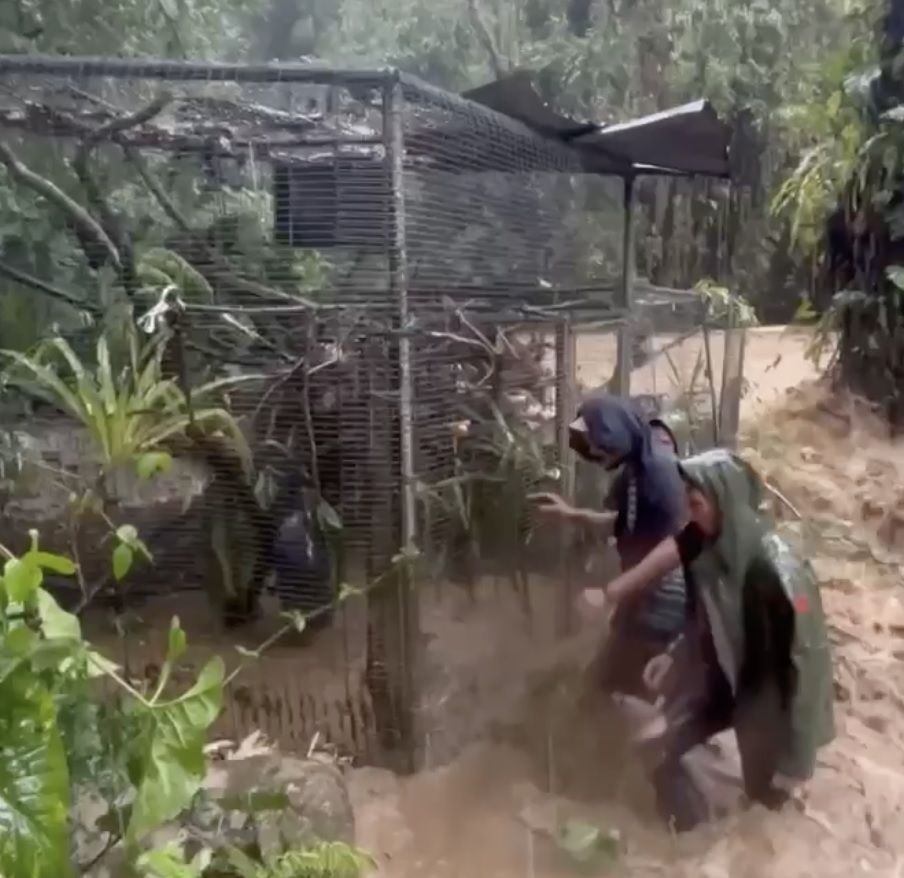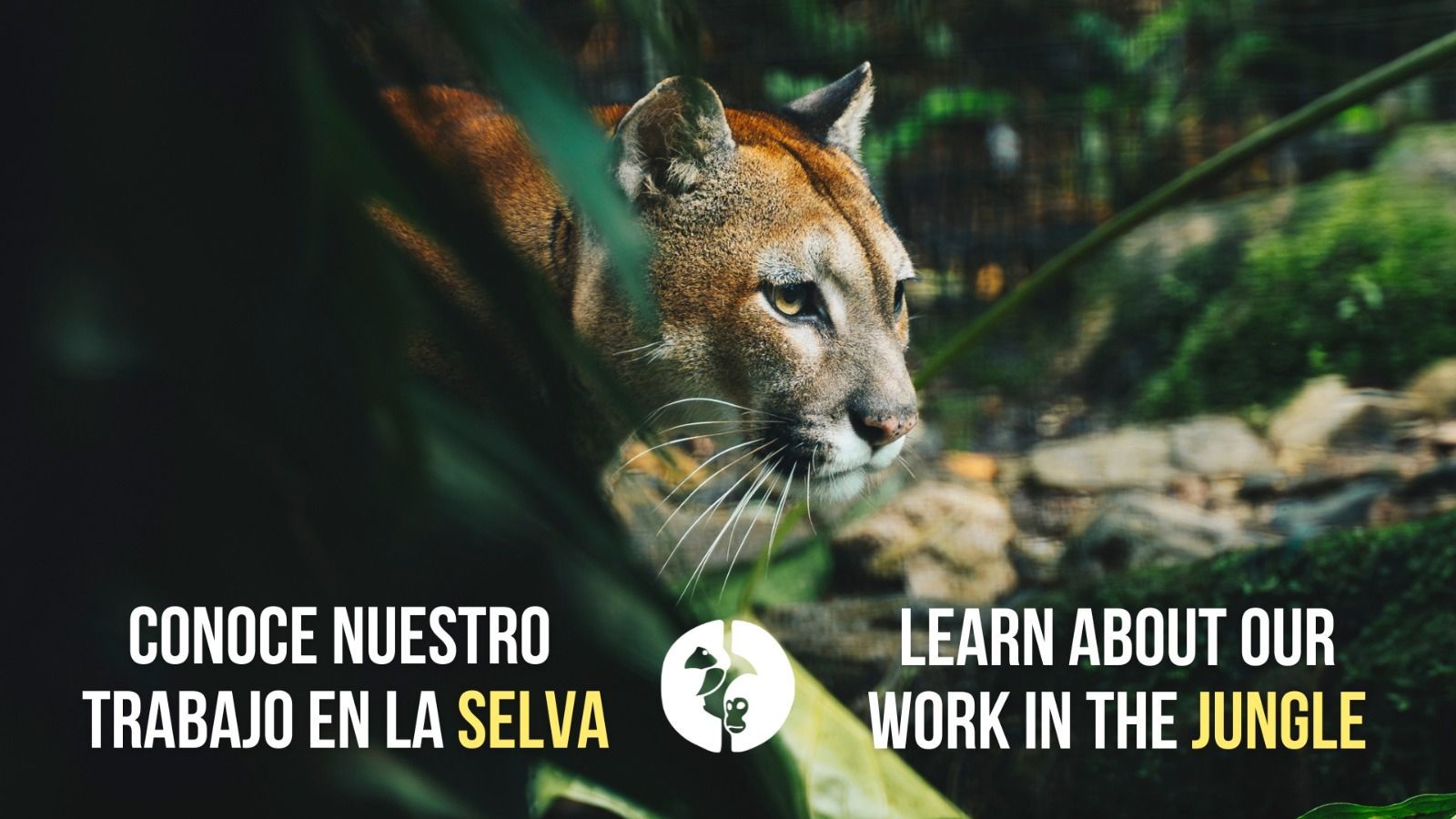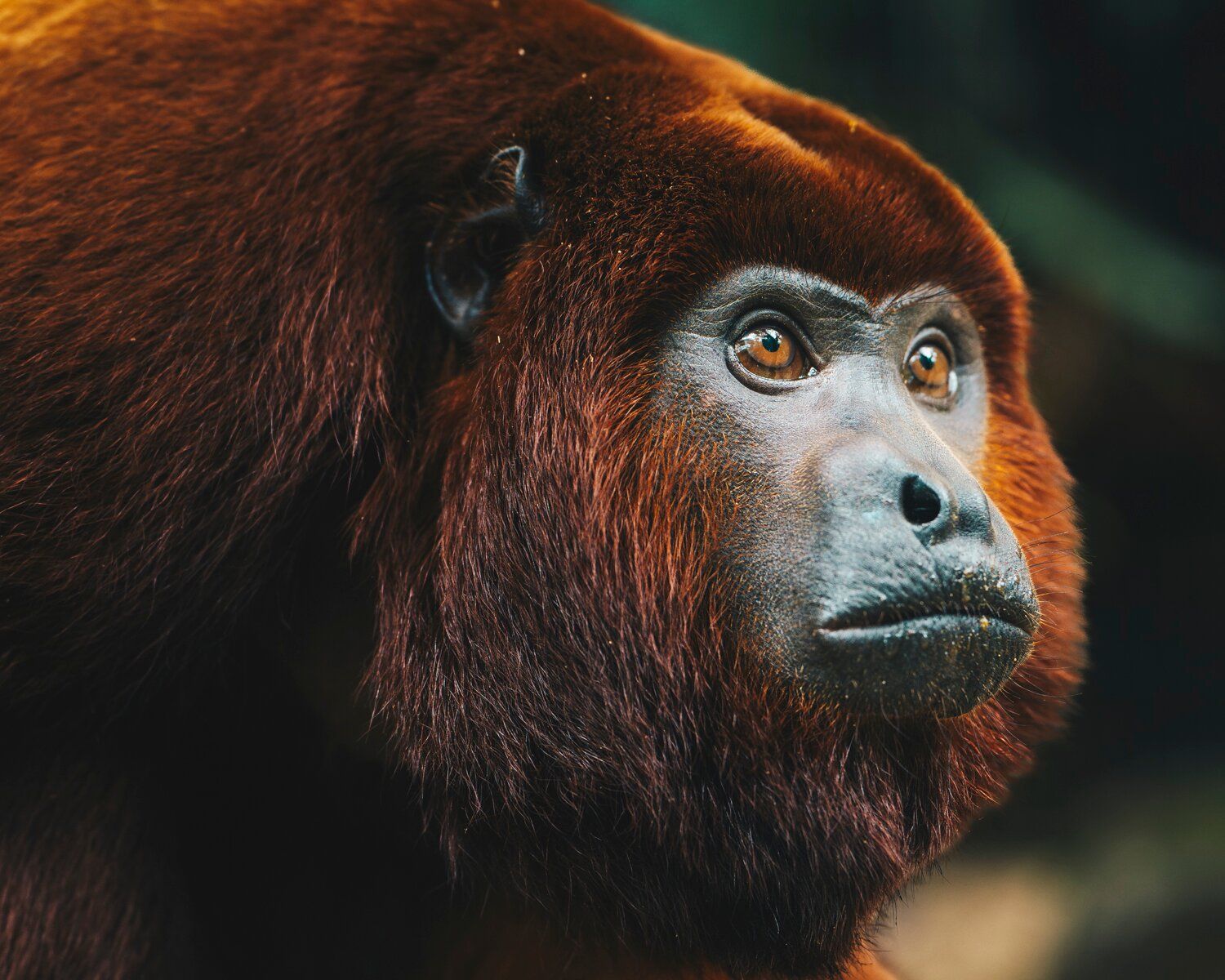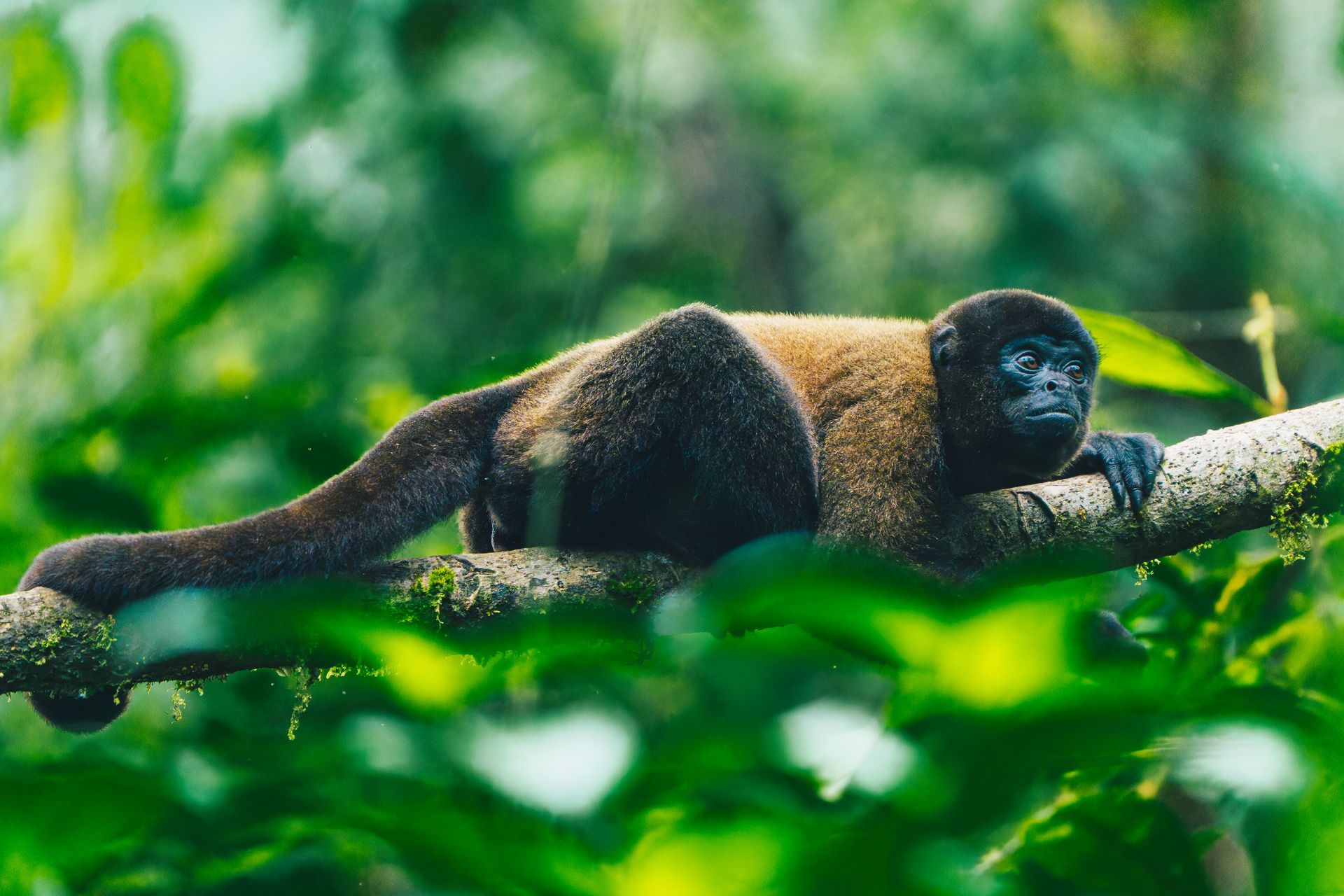Blue Headed Parrots Released!
Merazonia released its first group of 15 blue-headed parrots. Reintroducing this species is difficult but the birds have been monitored since their release in January and we are now confident to say that the reintroduction is a success!
Most parrots in the centre are the victim of illegal trafficking. During their time in captivity, they often lost their survival instincts. Blue-headed parrots are among the most trafficked birds in the Americas and can live up to 30 to 40 years. So the need for a viable reintroduction program is important for their future survival.
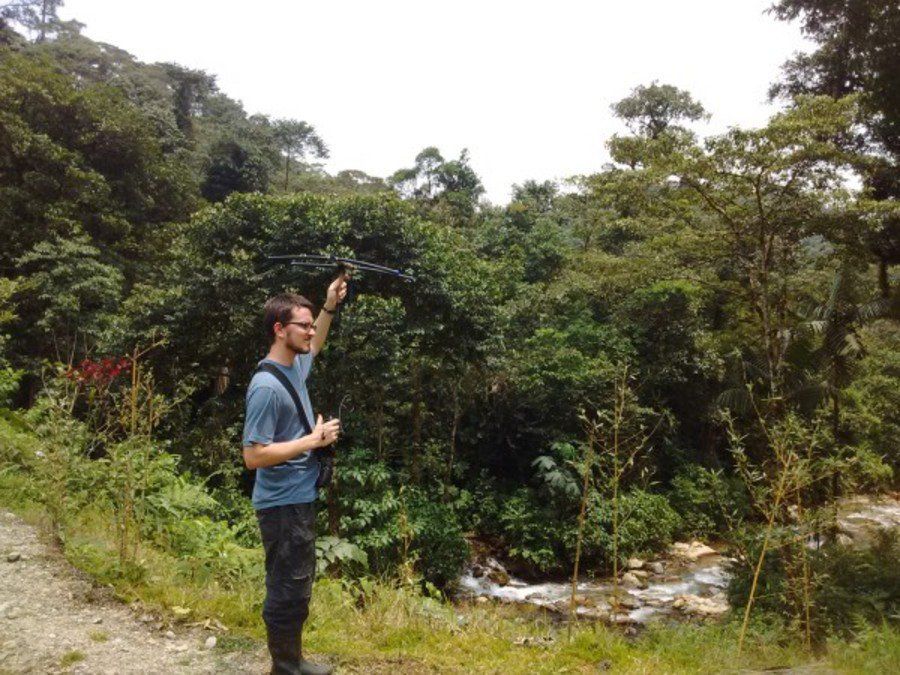
Release protocol
So along with two parrot experts from the Schubot Exotic Bird Health Center in Texas, we created a protocol that would give them the best chance to survive in the wild. The protocol consisted of feeding them as many wild fruits, flowers and berries as we could find, to prepare them for foraging.
We also started blowing a whistle every time we were about to feed them. The idea behind this was that once they were free, the sound of the whistle would lead them back to the feeding platforms placed outside their enclosure, where we could feed them during the initial first months of the release.
Liberation
A few days before the release, the parrots were divided into two groups, separating the couples. Parrots mate for life, and this method would ensure us that the first group would have the opportunity to explore the surroundings, while keeping them close to the enclosure to see their partners. This technique prevents them from flying away instantly and getting lost. When the second group was released a few days later, group one was able to show them the ropes of life outside.
Keeping the birds around Merazonia provides them with a safe environment to start a life back in the wild and gives us the chance to monitor them. All birds have a chip to identify them with, but two of them - one from each group - also had a radio tracker on their tail so we could gather data on their movements and make sure the group was doing all right.
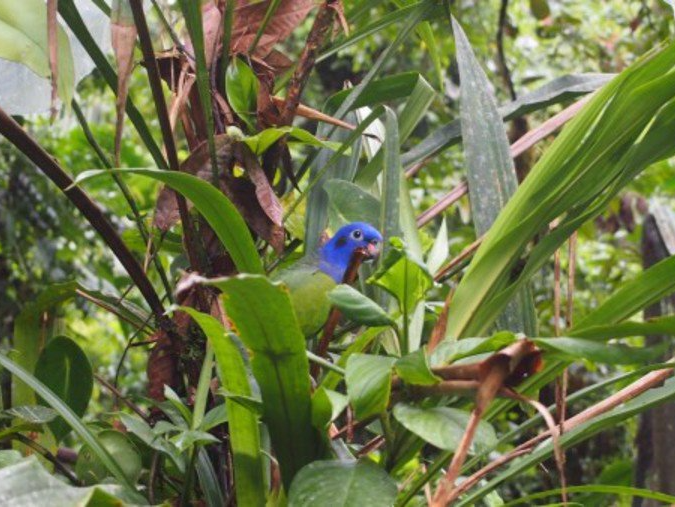
Results
After three months outside, the results are very promising! From the 15 birds we initially released, we can still observe 4 to 8 of them occasionally visiting the feeding platforms, but they have become more and more independent so we could diminish their food supply. More excitingly, several of them appear to have integrated in a group of wild blue headed parrots that live in and around our reserve. And there is no better school than one that is headed by wild birds!
Only three of the fifteen birds are still too tame to leave the release site area and prefer to hang around here. They have access to food, fly around contently, keep out of danger and occasionally come over to greet a volunteer passing by.
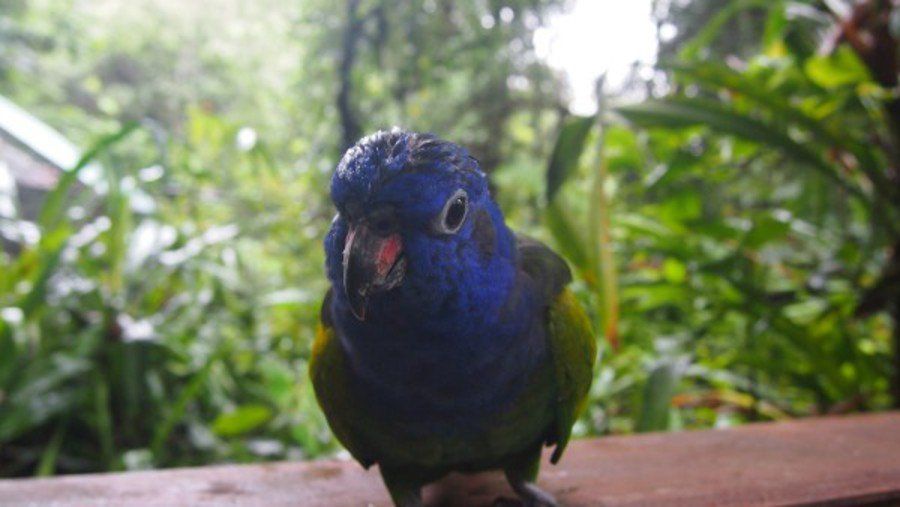
Partners
All in all, we are happy with the result. A special thanks goes out top Alex Girard who initiated this project; parrot experts Janice D. Boyd and Donald J. Brightsmith from the Schubot Exotic Bird Health Center at Texas A&M, who provided us with vital information for the release plan; The Ministry of environment, Pastaza for their collaboration and assistance; our intern Victor Grivegnée-Dumoulin from the University of Sherbrooke, Canada who devoted himself to the post release monitoring along with fellow ornithologist Normand Fleury.
The knowledge gained from this release along with the follow up monitoring of the birds will be of great value to the scientific community because there is very limited accessible scientific data about blue-headed parrots available.
Volunteers
Many volunteers have been involved in this release too by feeding and cleaning the birds for years until we could form a coherent group that had a chance surviving in the wild. Thank you allyou’re your hard work. Among the volunteers, some might be relieved to hear that the group’s ringleader, number 4120, aka assh*le , is free now too and will no longer be dive-bombing innocent, well meaning volunteers!
